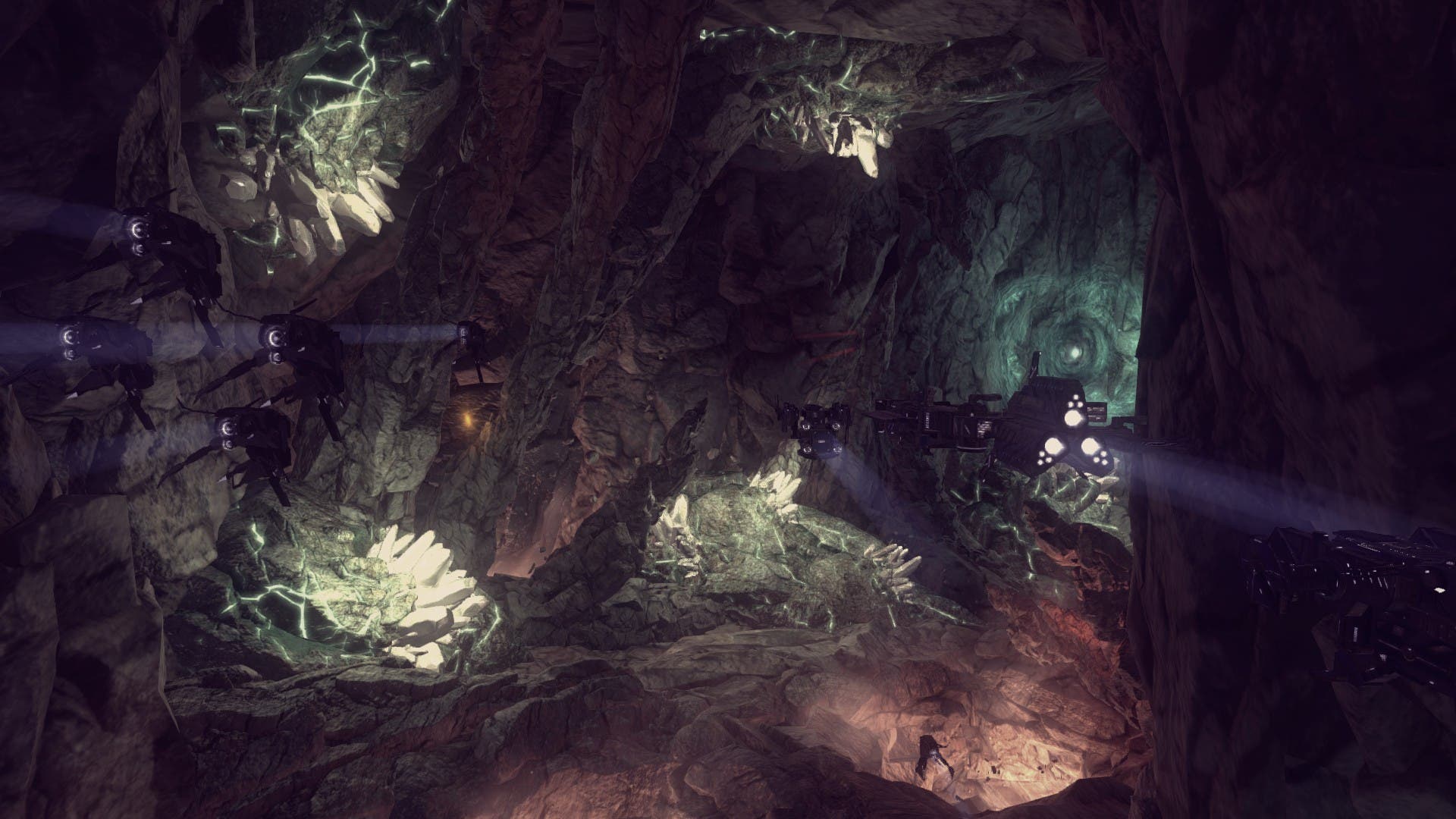

Veteran NASA researchers Richard Hoagland and Mike Bara soon after proposed the anomaly may in fact be a buried city. The anomaly’s size was 65 by 46 miles (105 by 75 km) according to scientific measurements. This takes me to the discovery of a large magnetic anomaly at one end of Lake Vostok as first reported in The Antarctic Sun on February 4, 2001. Meteorologists reported a “heat dome” over East Antarctica and said, “his is not something we’ve seen before.” Significantly, the Washington Post reports that there has been notable melting of the ice sheet in the region. It broke the previous monthly record by a staggering 27 degrees (15 Celsius).Īntarctic scientists are baffled by the heatwave in late March since “Antarctica is losing about 25 minutes of sunlight each day,” according to what they told the Washington Post. But on Friday, the temperature leaped to zero (minus-17.7 Celsius), the warmest it’s been there during March since record keeping began 65 years ago. The average high temperature in Vostok - at the center of the eastern ice sheet - is around minus-63 (minus-53 Celsius) in March.

Scientists are flabbergasted”, this is what was reported: In a story titled “It’s 70 degrees warmer than normal in eastern Antarctica. The Washington Post was the first to reveal the heatwave in East Antarctica. A likely explanation comes from two sources who say an ancient ark is buried under the ice sheet in the Vostok region, and its activation is heating up East Antarctica. Scientists are baffled by the heat surge of more than 70 degrees above average temperatures and are seeking answers. On March 18, news emerged of a heatwave in East Antarctica, the epicenter of which was the Vostok region that sits atop a mysterious lake two miles under the ice sheet.


 0 kommentar(er)
0 kommentar(er)
